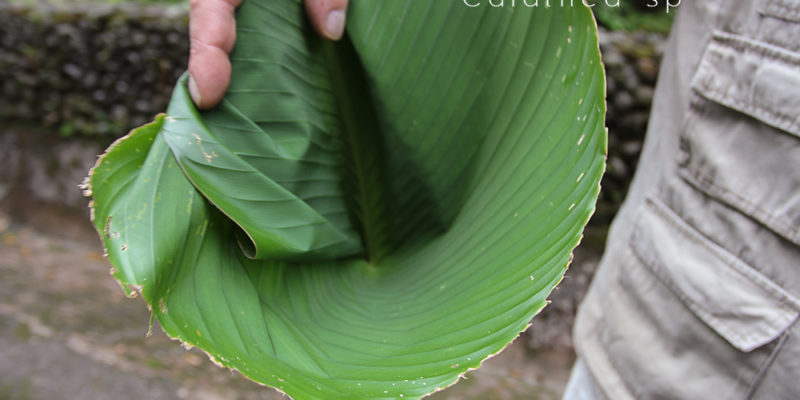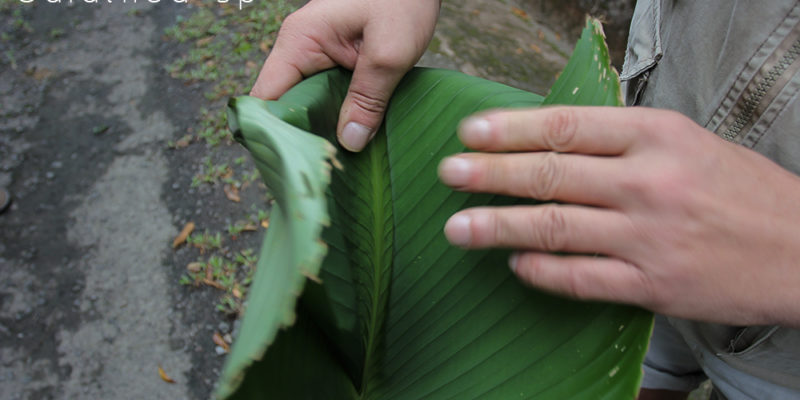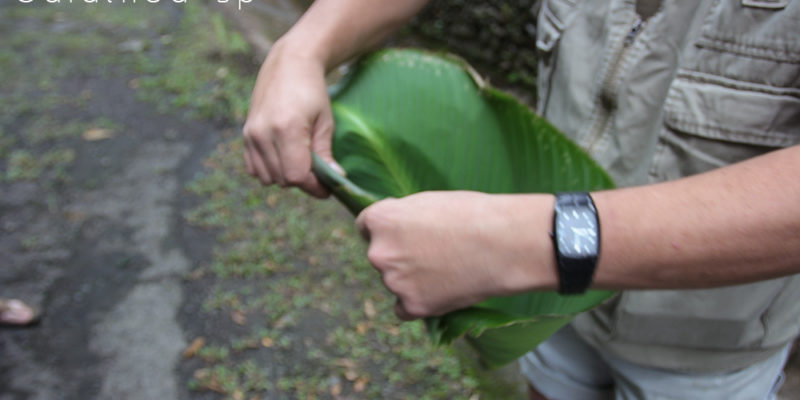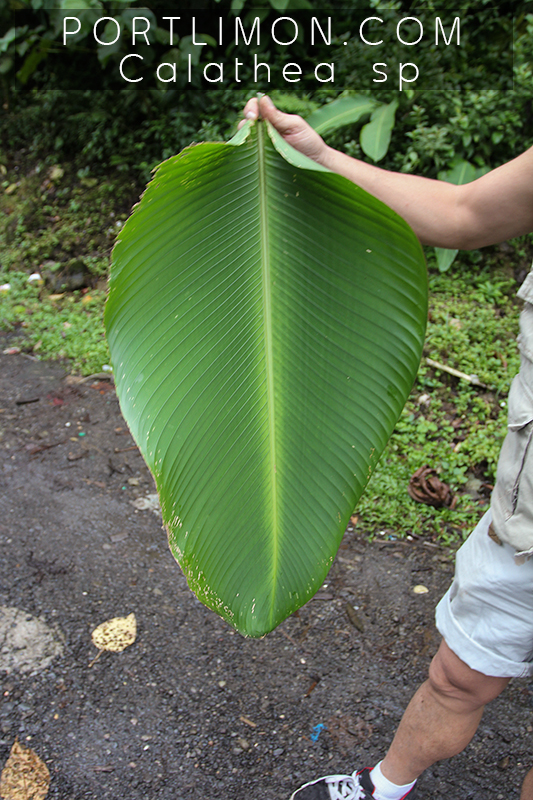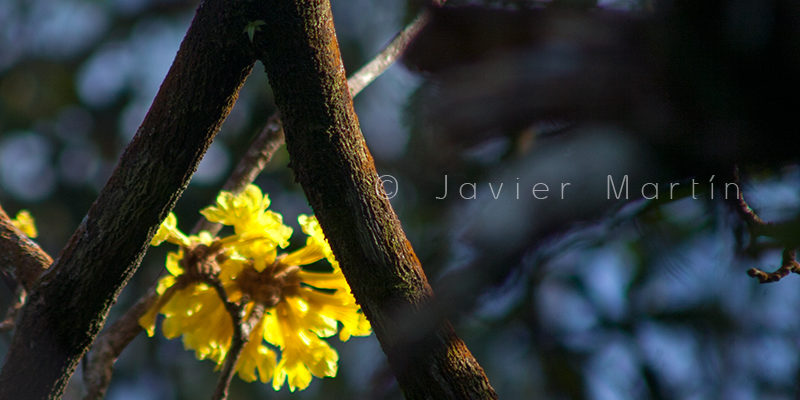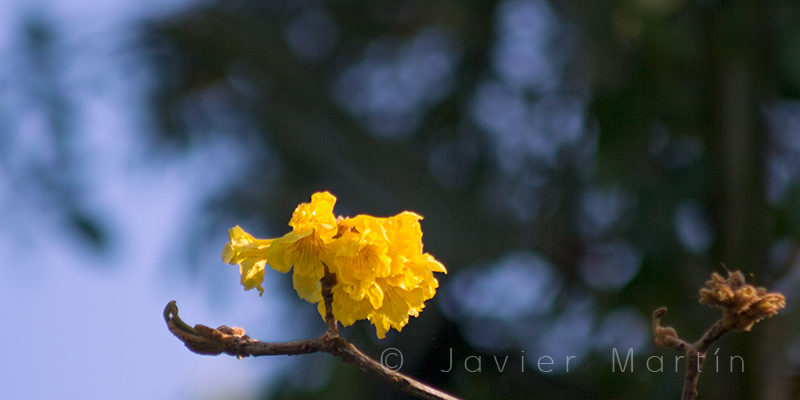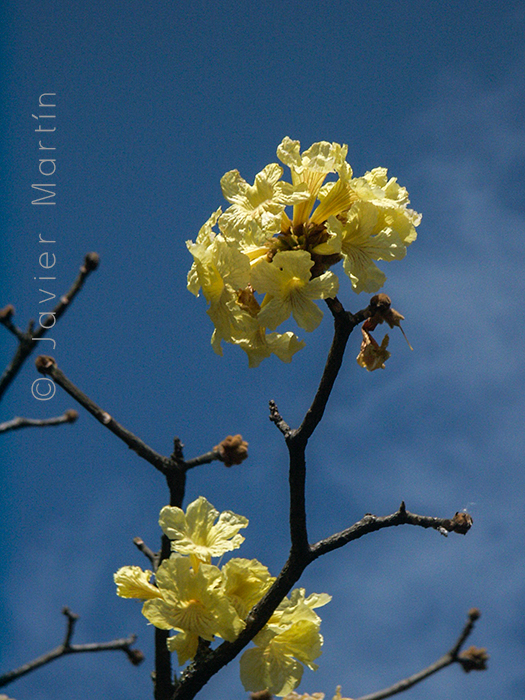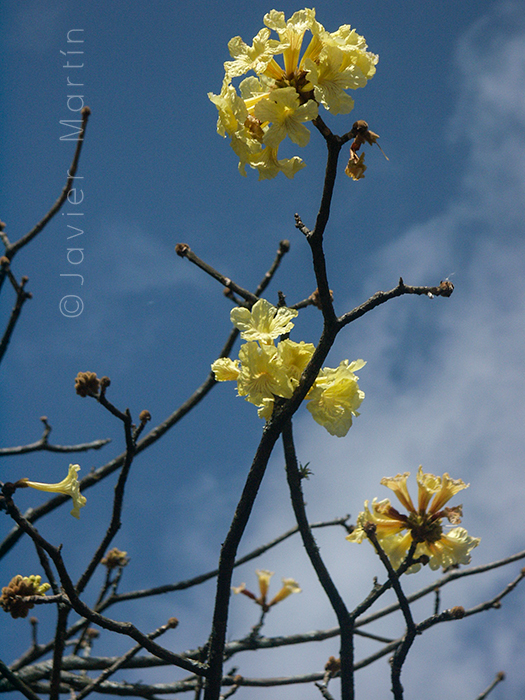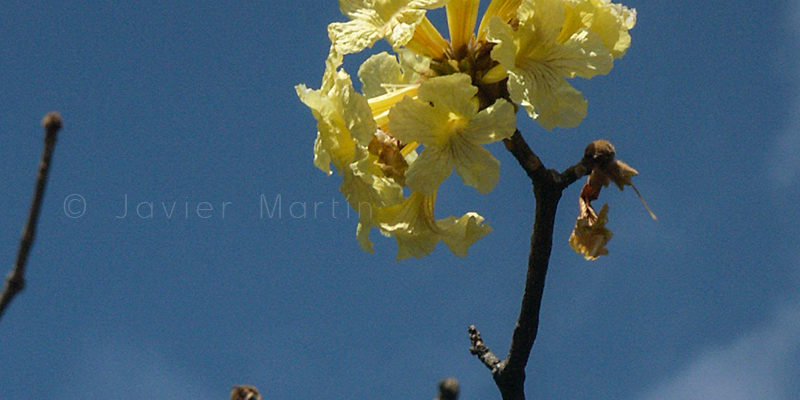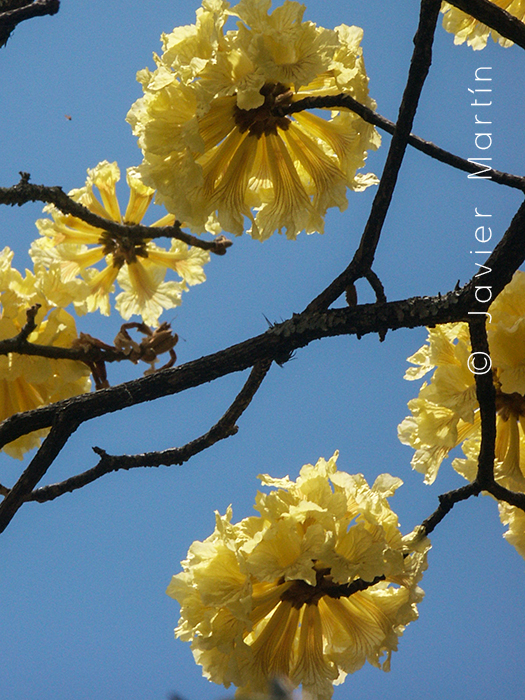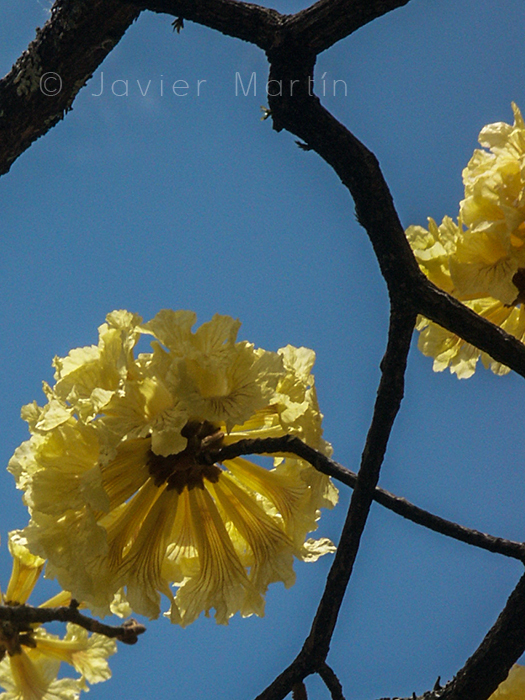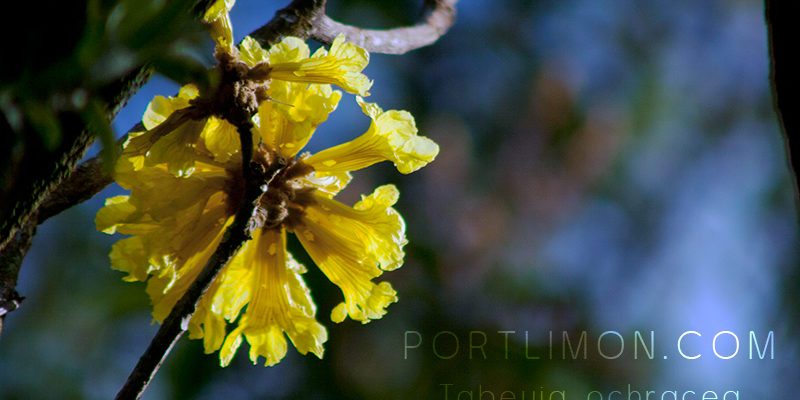Calathea is a genus part of Marantheaceae family, related to bananas and heliconias, marks a difference the presence of a pulvinus connecting the leaf with the stem. This pulvinus, aloud a broader range of movement so the leaf acquires a bigger amount of sunlight through out the day.
This was the original source of material for wrapping a pre-columbian meal known as Tamal, it was also used for covering dead bodies as part of a funerary ritual of some ethnic groups, now days tamales are wrapped with banana leaves because they are more abundant.
Many species in this genus present a whitish to silvery pubescence under the leaf, no known yet by science it such pubescence has any function serving the plant.
In the sequence of images shows how breaking the central vein of the leaf, then this folds in itself and ready, we have a cup in order to pick up water from a spring or creek.
